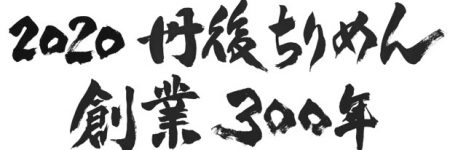“Tango Textile”
Tango is located on the northern coast of Kyoto prefecture. Blessed with the ocean, paddy fields, and mountains, the air is charged with moisture brought by the northwest wind called “uranishi” creating a wet and rainy climate.
This climate gives ideal conditions for silk-weaving, as silk is dry-sensitive and needs to be kept wet. Tango has been the central hub of the weaving industry where a wide variety of weavers, business unions, research institutes, and its related artisans are closely concentrated.
Even now, weaving is still rooted in people’s lives in Tango. Shuttle looms sound at a constant pace from old traditional wooden houses to make you feel that weaving is a part of life for local people in Tango.



